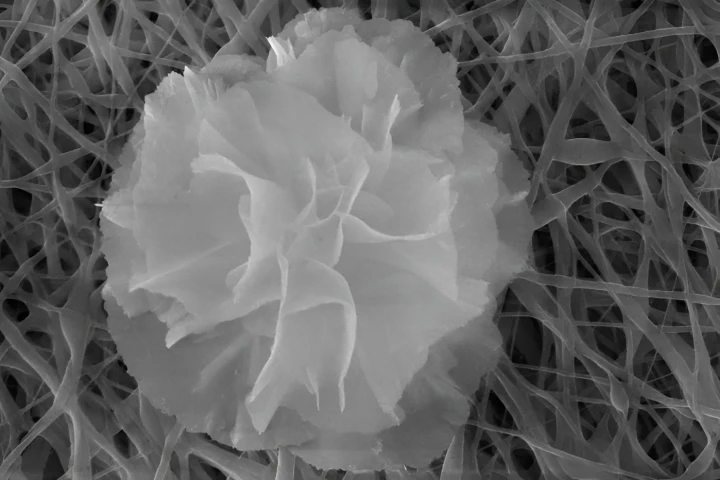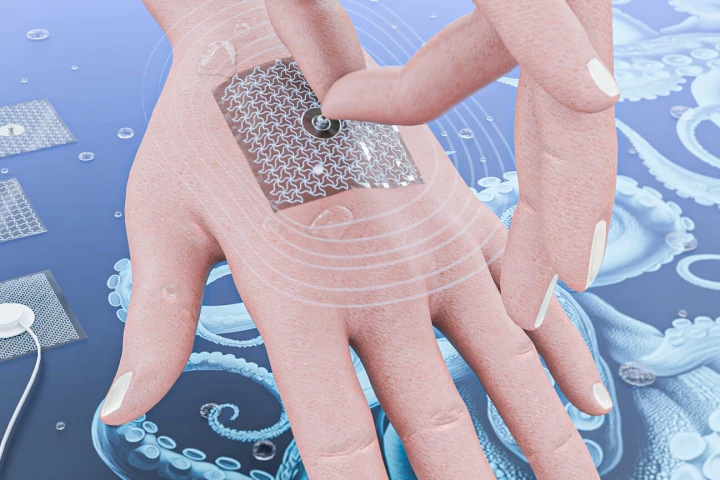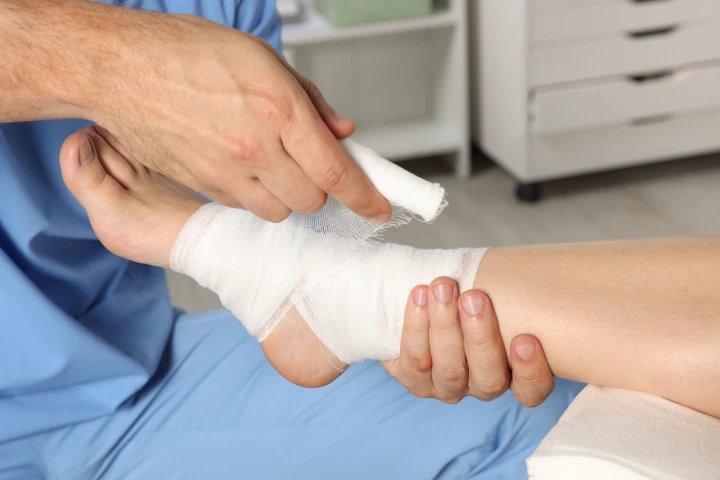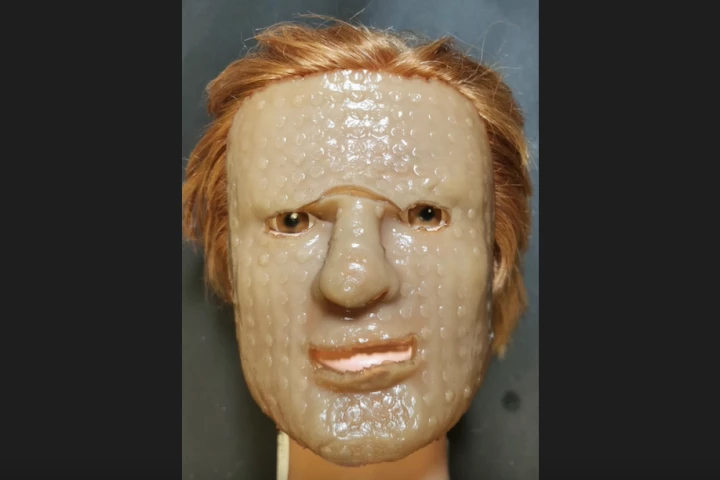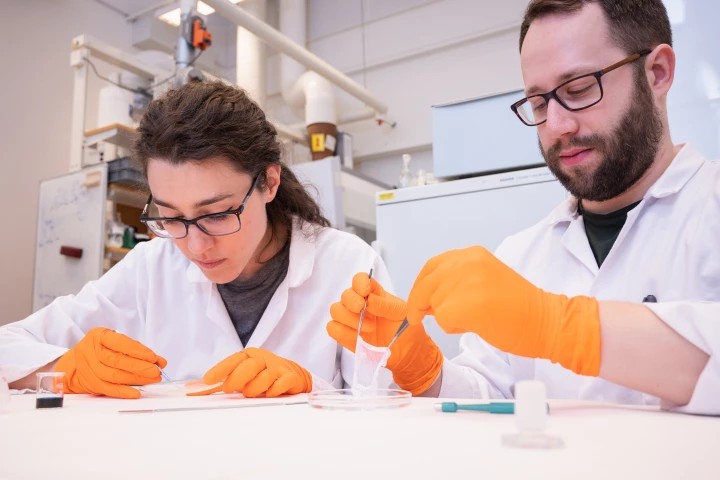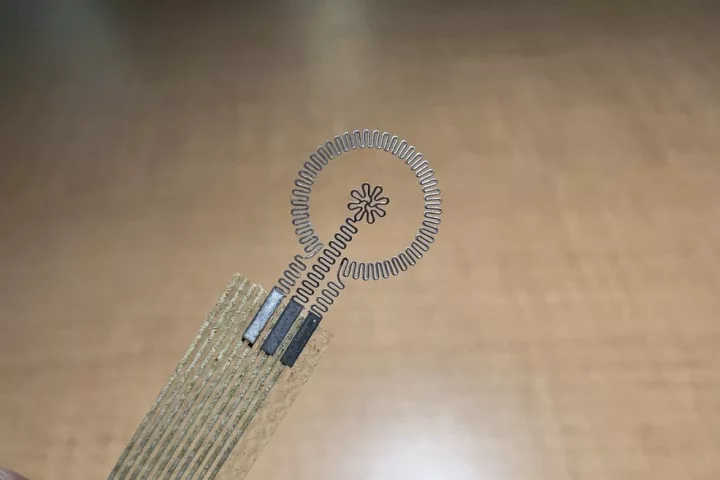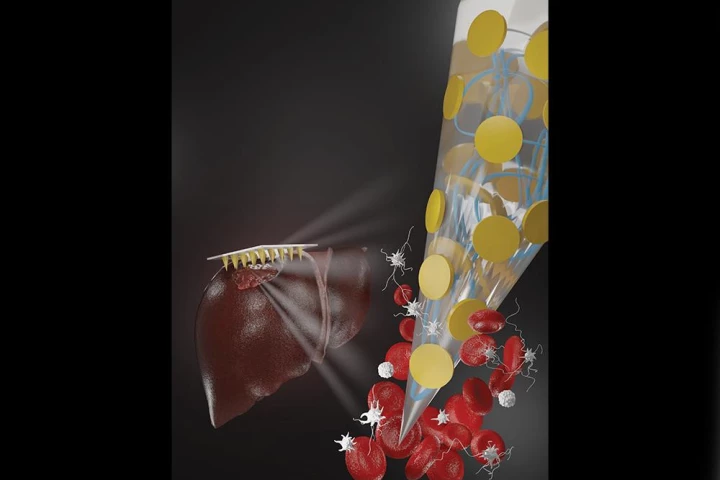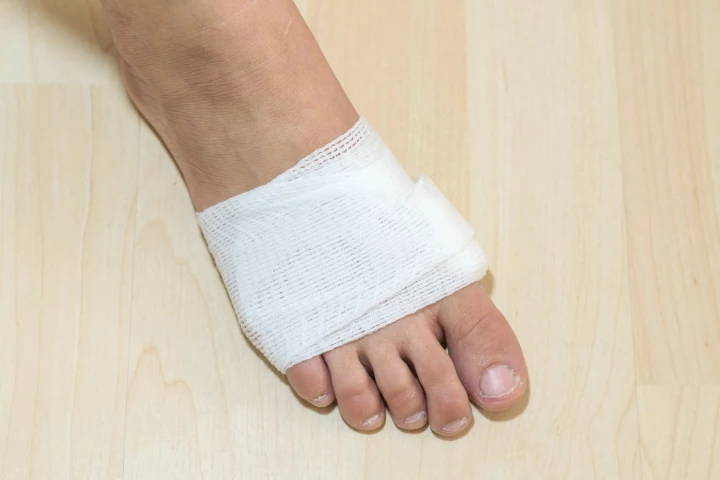Dressings
-
While we've seen antibacterial wound dressings before, Italian scientists have taken the idea to new extremes. They've created a material that kills multiple types of harmful bacteria, and it does so using tiny flowers.
-
Sensors such as EEG electrodes can help save a person's life, but the adhesive patches used to attach them may also harm that person's skin. An experimental new medical patch addresses that issue by utilizing octopus-inspired suckers.
-
Mussels and silkworms may soon be indirectly responsible for saving people's lives. Scientists have used proteins from both animals to develop an internal wound dressing that stops bleeding and prevents infections.
-
A new type of dressing is shaping up as a way to heal chronic wounds without the need for antibiotics. Using a helium plasma jet to activate hydrogel, researchers have created a highly effective antibacterial cover that can swiftly overpower wounds.
-
While infected wounds aren't a good thing, neither is the proliferation of antibiotic-resistant bacteria which may occur due to overuse of the drugs. That's where a new type of bandage comes in, as it kills microbes without resorting to antibiotics.
-
Ordinarily, when treating chronic wounds, caregivers go to great lengths to keep them free of bacteria. An experimental new dressing, however, actually introduces bacteria to help such wounds heal.
-
It's a sad fact that burn victims often feel a great deal of pain when the dressings on their wounds are removed. A new hydrogel-based dressing could change that, however, as it easily releases from the skin when cooled.
-
It's ironic that in order to check if a wound is becoming infected, doctors may end up setting back the healing process by removing the dressing. An experimental new dressing is designed to help, as it changes color if an infection is occurring.
-
The days of ripping off a Band-Aid could soon be in the past, with scientists creating a new affordable, flexible electronic covering that not only speeds and wirelessly monitors healing but is harmlessly absorbed into the body when its job is done.
-
Skin-applied microneedle patches are already used to painlessly deliver medication and detect chemicals in a patient's bloodstream. A new one, however, reportedly stops wounds from bleeding much more effectively than traditional bandages.
-
Chronic diabetic skin wounds are notoriously slow to heal, sometimes becoming so infected that amputations are required. A newly identified polymer could help keep that from happening, by radically boosting the healing process.
-
Getting a bandage to stick to your skin can sometimes be difficult, particularly if that skin is wet. This isn't a problem with an experimental new wound dressing however, which uses ultrasound-induced microbubbles to better bond with the skin.
Load More
